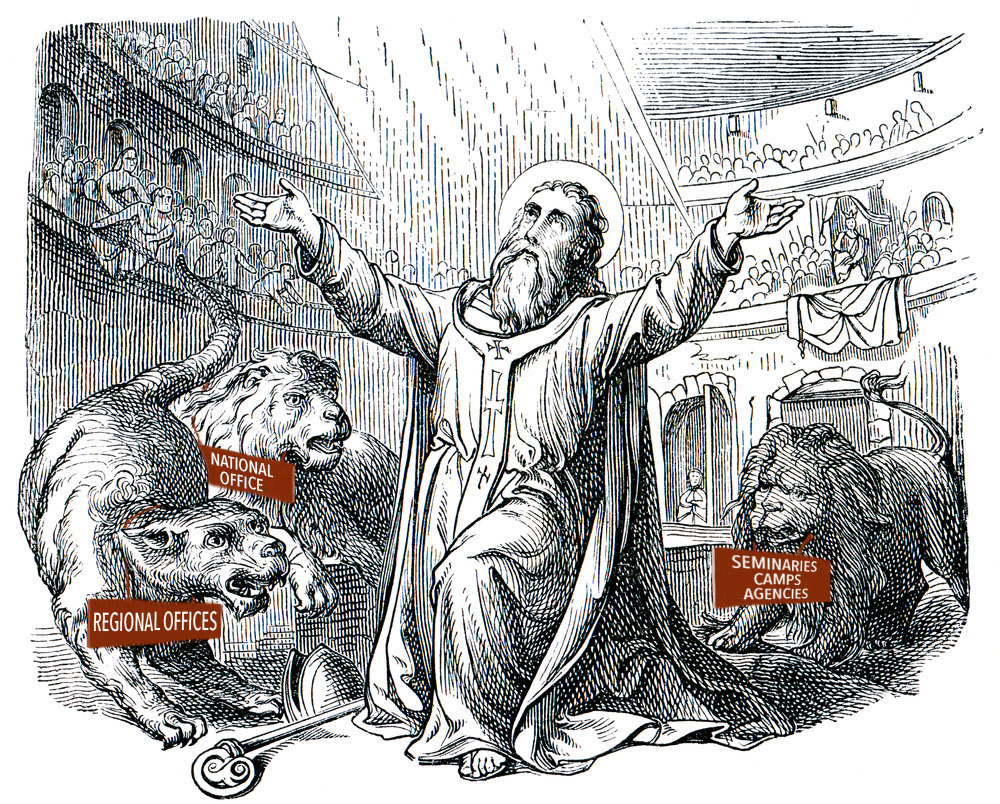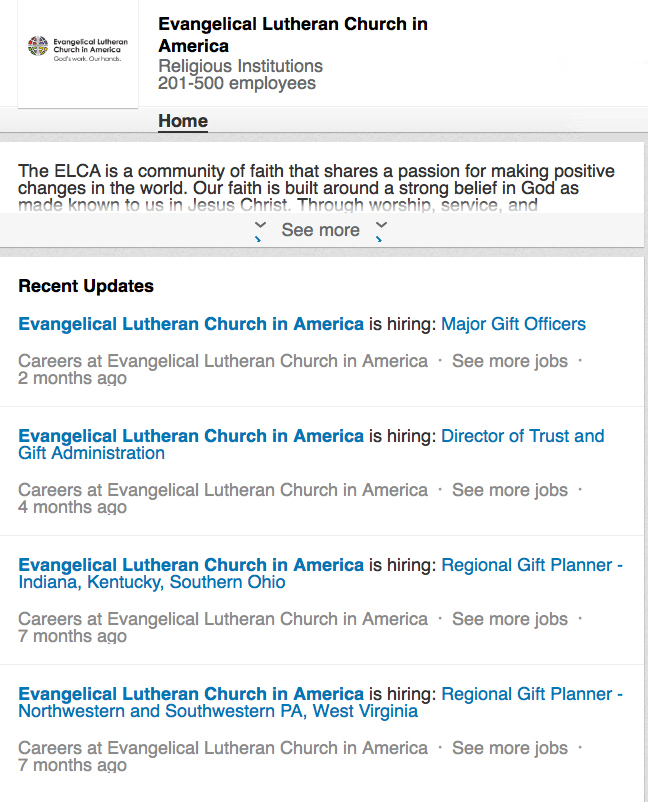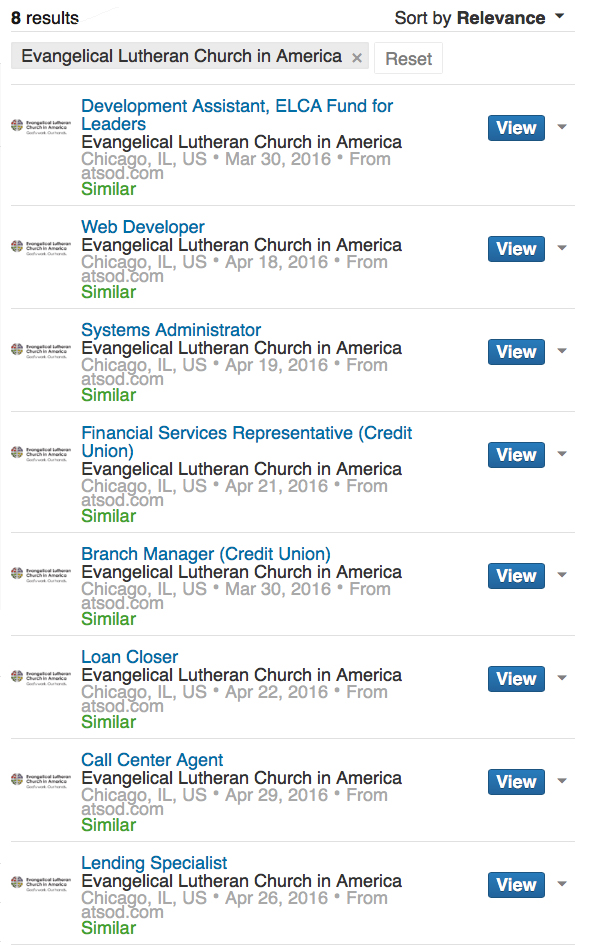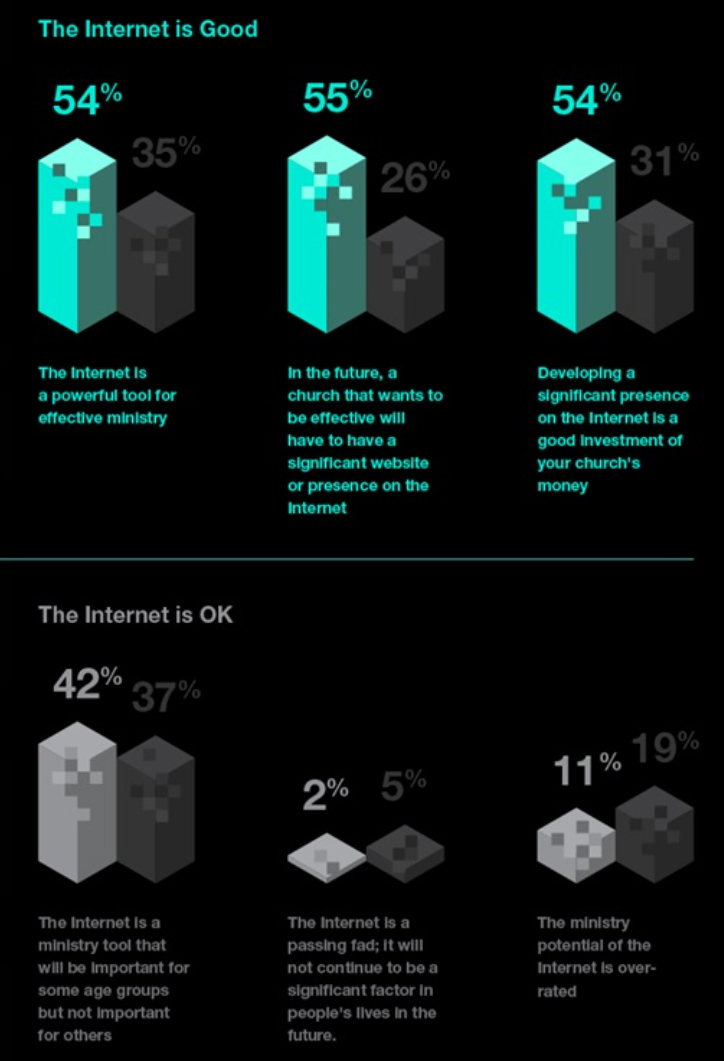This is the first in a series of articles on the concept of agency and how it affects the church.
Agency is what people within an organization feel they can contribute without oversight.
Agency is always part of organizational structure. In the past it was more a lack of agency that characterized many institutions. But things are changing.
Agency kicks in the minute a person thinks, “If I am going to be part of this organization, how will I be able to contribute?”
People who grow up in the Church already have a sense of place. Often it has been the same place all their lives!
The Church needs newbies—not just because we need numbers to survive. Shame on us if that’s how we approach seekers. We need newbies because that is the mission of the Church.
Today’s Church challenge is to reach the vast majority who were not raised in the Church. Seekers will look at the question of church involvement far differently than those who grew up knowing what to expect.
Today’s seekers grew up with the internet.
The internet expands the concept of agency. People participate in media without editorial approval. Customers take their complaints global if business fails to recognize that they have agency to do so. Students start businesses online.
Women may have a better understanding of this new-found freedom—especially women of the boomer age. Boomer gals were witnesses and participants as women gained agency in many aspects of American life.
When I was 13 or so, I wanted to earn my own money. A newspaper route in our little town was available. I wanted that route, but girls were not allowed to carry newspapers. Going door to door, even in a town where neighbors were well known, was considered unsafe. OK for boys. Not for girls. My brother dealt with the newspaper office on the few occasions this was necessary.
Today, we recognize the dangers girls encounter are just as threatening to boys.
In school, I learned the meaning of agency when we girls were using the school gym. If a group of boys came into the gym, we were expected to vacate immediately.
When I got to college, the restrictions on co-eds were just being lifted. We no longer had to sign in and out of the dorm or hold to a curfew.
I could continue to give examples of agency in the secular world. But let’s look at agency in the church.
The topic comes to mind as I recall conversations over the last few months with a few of my friends, both men and women—all spiritual and faithful to their church. Each of them told a story about their involvement in church that was eerily similar. They even used the same words. “I was told I had to step back.” In several cases, the people were elected to congregation councils and had an obligation to serve the congregation for their term. The expectation that they should step back was bypassing the congregation’s agency. Ah! Agency can get complicated!
Some were told this by a pastor. Others (including me) by a bishop.
In every case, there was only one reason. We had earned status in our congregations over time. We had influence. Professional leaders (pastors), usually newly arrived on the scene, felt threatened.
Instead of empowering the most able members of the church and benefiting from their talents and passions, the leadership preferred no involvement from anyone that might challenge them or those above them. That leaves them to work with the least committed and less able, but that’s OK. They find comfort in knowing their leadership will not be challenged. (It also won’t be effective.)
Failure is then set to trickle down throughout the congregation. But leadership rarely recognizes the results of their decisions. It is so easy to assign the blame elsewhere. Church members learn from example. They ask themselves, If the most giving people are asked to step aside, what will happen to me if I succeed?
The Church must realize that today’s Christians live in a society where they have agency in their homes and in their secular lives. We expect agency in an organization that teaches us to let our lights shine. We are not gong to understand or relate to an institution that asks us to be less than who God made us to be.
Agency is a gift. Churches need to stop seeing it as a curse.















